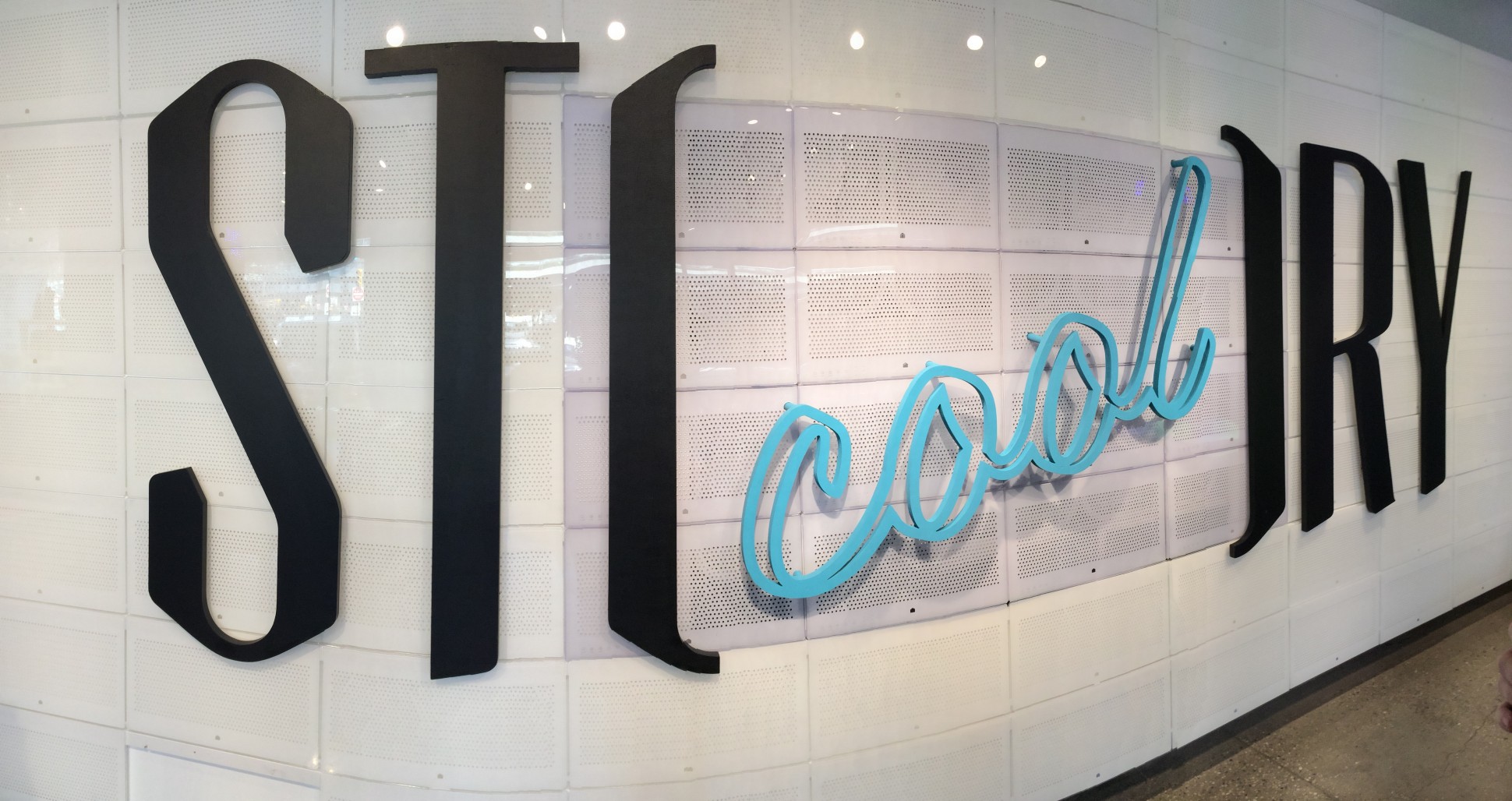When Amazon can sell almost anything, deliver it on the same day, and for less money than you can find it elsewhere, what is the role of the store? For Circuit city, Borders and thousands of other dead or dying retailers this is an existential question.
There is a remarkable experiment in retail going on in New York’s Chelsea neighborhood that provides some answers. Story is mash-up of a store, magazine, and gallery: every six to eight weeks the retail space is rebuilt from scratch around a theme: New York Story, Love Story, and the current Cool Story are a few examples. You can hear my interview with Rachel Shechtman, Story’s Founder, on the latest Unconventionals episode. Retailers who hope to thrive in the age of Amazon would do well to watch three innovations going on in Chelsea:
Build the consumer experience around something bigger than the product. Retailers have been telling the backstory on products for a long time, but Story starts with the narrative and curates products, brand partners, and experiences that reinforce the theme. A shopping experience that is reinvented every few months creates forced scarcity and drives demand. A well-told story engages us as customers a little more deeply, and provides a rationale for brands that is about more than just selling. In Cool Story, the theme is about keeping cool in a New York Summer but also stretches to “cool” as in innovative. One product that embodies both is the Aros, an air conditioner from GE and Quirky that maintains an optimal temperature by tracking user habits. You’ll find the Aros playing nicely besides craft ice cream, beach bags, and swim trunks.

Create new opportunities to collaborate with brands. Retail relationships have always been about power. Big retailers can dictate terms to product brands. Hot products can write their own ticket at the store level. Story has upended this equation with the notion of the sponsor: a product brand that co-creates the narrative with Story. GE and Quirky act as sponsors for Cool Story. They sell products like the Aros and Quirky’s signature pivot power strip, but also create unique experiences that bring the story to life. Quirky, whose mission is to make invention accessible, brought a designer to Story to illustrate customers’ inventions on a recent weekend. Some of the world’s biggest brands—GE, Gillette and American Express have sponsored narratives, which suggests Story has managed to create impact far beyond its one store.
Find new ways to create and measure value. Sales per square foot is the time-honored retail measure. This is an important measure but also dangerously limited, when showrooming is siphoning away product sales. Story’s preferred measure is experience per square foot. This is not just a nice turn of phrase, but a hard revenue measure. Sponsor brands use Story to introduce new products, to research customer behavior, and to invite customers to events that get customers to see their brand a bit differently. These are all valuable, and sponsor brands are willing to pay between $75,000 and $300,000 for the privilege. Story dedicates time and space for novel experiences that can’t be showroomed—for example, customers could get a shave courtesy of Gillette during His Story—and is able to attribute sponsor revenue to these experiences.
The best retailers have always delivered extraordinary experiences that you can’t find elsewhere. Story is doing this for the era of the engaged buyer. We’re just a search query away from finding me-too products cheaper and faster, but we’ll always reward brands that capture our imagination.
Source: Forbes
You can download more information about retail management solution here
Other articles of different topics
- How data analytics can transform the real estate industry
- How to protect your data when employees leave
- Business Intelligence in Manufacturing Industry
- Enterprise Performance Metrics – when less is more
- 7 best practices for retail scheduling
Upcoming Events
 English
English  Vietnamese
Vietnamese 

